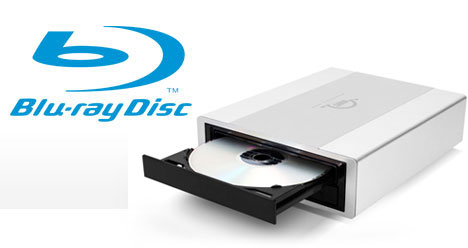Microsoft Internet Explorer 9.0 For Mac
Go to Develop > User Agent.; If you need to pretend you're using Internet Explorer, choose one of the Internet Explorer options. If you need to pretend you're using a PC, choose 'Google Chrome — Windows' or 'Firefox — Windows'. Update for Windows Internet Explorer 9 Beta for Windows 7 64-bit Edition and Windows Server 2008 R2 64-bit Edition (KB2448827). This update provides improvements to reliability of Internet Explorer 9 Beta.
Once upon a time, the Mac and the Internet did not always get along. Long before Safari showed up, Netscape and Internet Explorer were busy waging a war to define the future of browsing — a future that didn't often include the Mac. Most of the time, Mac users were stuck using browsers one or two versions behind their Windows counterparts, with no access to popular plug-ins essential to browsing various parts of the Web. It was a dark day for the rebellion. Thankfully, that age is over and gone: The Web is largely bedrocked on HTML and CSS now, with only the occasional need for a plugin — and all the major ones are Mac-compatible. That said, there are still a few websites stuck in the dark ages for one reason or another, requiring Internet Explorer (which has been since discontinued for the Mac) or a Windows PC. While this sounds like a ridiculous case of webmaster insanity, I've seen this happen with quite a few job, healthcare, and government-related websites — built by organizations that don't trust (or have time to learn about) other systems.
But you can get around most of these arbitrary restrictions with my favorite hidden menu in Safari: Develop > User Agent. How to access websites that require a PC or Internet Explorer • Launch Safari. • Click Safari in the menu bar at the top of your screen. • Click Preferences. • Click on the Advanced tab. • Check the 'Show Develop menu in menu bar' setting, then close the Preferences window. The Develop menu should now show in your menu bar.
Step three: Play Blu-ray movies Run Mac Mini Blu-ray Player first.  Install and run it.
Install and run it.
• Go to Develop > User Agent. • If you need to pretend you're using Internet Explorer, choose one of the Internet Explorer options. • If you need to pretend you're using a PC, choose 'Google Chrome — Windows' or 'Firefox — Windows'.

Note: If your browser options are grayed out, you may still have the Preferences screen open — close it first! Doing so should get you through the website's detection-checker. Of course, the page may still be using ancient codecs or plugins not supported by Safari — in which case, you might have to look into. Still having trouble? Let us know below. Updated June 2018: Updated for the latest version of macOS.
As we all know, the Internet Explorer is a software owned by Microsoft and comes by default on all PC running on Windows OS. Adobe premiere for mac. Being a Mac user whose PC runs on OS X, you do not have access to Microsoft software for your Mac PC. Well, good news you can now download the Internet Explorer on your Mac. Find out how in this post as we are going to how to install and use the Microsoft Internet Explorer on your Mac PC in a simple method. What we are going to use to do this is a service from Microsoft which is known as Modern.IE which is free for all users. With this, you can get the latest version of Internet Explorer available and also get it working smoothly on your Mac.
Microsoft Internet Explorer 9.0
To use this feature, the following should be accessible and put in place: • A reliable internet connection. • A free account on Microsoft (Outlook or Hotmail) • The remote desktop from Mac by Microsoft. It is available on the App Store For when you do not have the internet, running IE for Mac on a virtual machine is the best offline solution. Nevertheless, this is obviously a bit more technical than what we are about to discuss next.
• Download the Modern I.E software. • Open the Modern I.E.
Internet Explorer 9.0 Download Free
• Subscribe to it for free using your Microsoft account. A confirmation mail will be sent to your Microsoft account. • Go over to your Microsoft account inbox and enter the mail which was sent to you.